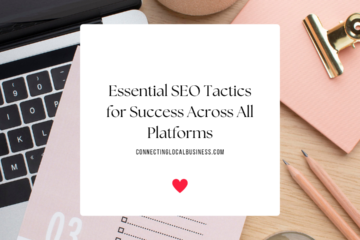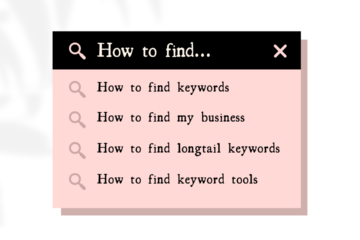One of the most important things you can do to improve your traffic in a sustainable way is to work on your SEO which means search engine optimization. While there is a lot to say about SEO, and know things are always changing, the basics will be enough to get you by.
So here is a crash course and some basics to get you going.
SEO Basics For Evergreen Traffic and Growth
It all starts with keywords.
What is a Keyword?
These are the words and phrases your customers type into their favorite search engine to find what they are looking for. Your goal is to optimize various pages on your website for some of those keywords.
Choosing the right ones is your first task.
Don’t go for broad global terms like “vegetable gardening”. You don’t know what exactly this person is looking for and it will be hard to rank for a general term like this as you will get millions of results. Instead, your goal is to choose a few good long-tail keywords like, “why are my tomato plant leaves curling”, for example.
One of your fastest and easiest sources for these types of phrases is Google or any big search engine.
Try searching for something you know your customers are looking for. You can see by the drop down suggestions some alternative choices. These are all keywords that are highly used in searches. Jot some down or put into a spreadsheet for further use.
Once you do the initial search and get your results, look at the “suggested searches” at the bottom of that page. Keep looking through those suggested searches until you find something that’s a good fit for you and your visitors. Jot down the ones you want to use.
Your next step will be to create a piece of content around 1 chosen keyword phrase.
Use it in the title, the url (which is automatically created with your post or page name), and the meta description of your post. Sprinkle the phrase and related phrases throughout your content. Do the same with the names and alt-tags for images you use.
Most importantly though, write the content and the alt tag description on your uploaded images for your future readers, not for the search engines. In other words, create quality content that earns your audience’s trust.
Working in the keyword should always be a secondary concern.
Why? Because no amount of traffic will do you much good if the people who make up that traffic don’t become your customers.
Once you have your draft written, it’s time to start thinking about links. You want to link from the post to two or three older articles or blog posts on your site. It’s also a good idea to link out to a trusted source or authority site. Going back to our plant example, you could link to a university article about treating tomato diseases for example.
Take another look at everything you’ve put together. If it looks good, go ahead and hit publish. You are almost done with your basic SEO.
There’s one more piece of the equation – incoming links.
You want to link from a few older pages on your site to this new content. Then go out and link to it from social media posts. Create a few pins, write a couple of tweets and Facebook posts. Send some social signals to encourage the search engines to index this new content.
Repeat this sequence for each piece of post of page you create. It may take a bit but if you are writing quality, unique pieces, the traffic will come.
For more help with SEO and content creation, I work one-on-one with clients to help them understand this sequence of work and more. Book a discovery call with me and let’s make this easier for you!




0 Comments